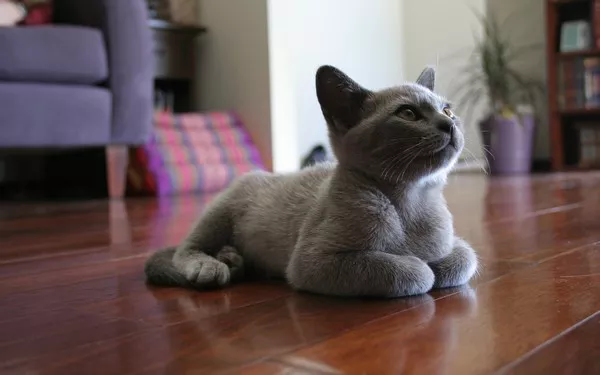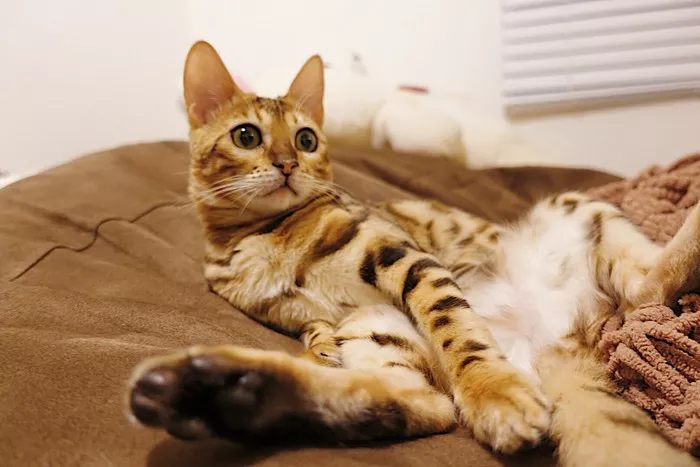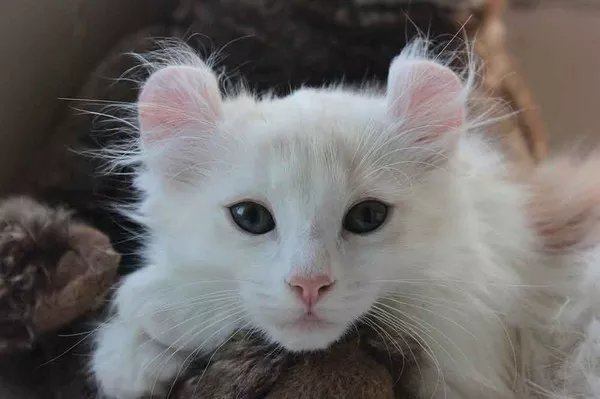Caring for your Feline Friend – [Date] – Contrary to the stereotype of aloof and unaffectionate cats, many cat owners can attest to their pets’ attachment and emotional responses. This article explores the signs of anxiety in cats, ways to calm them, and when it’s time to seek professional help for your feline companion.
For some cat owners, like the author, their cats exhibit affection and attachment in various ways. The author’s cat, for instance, follows them from room to room and meows if they can’t find them. However, this cat has a particular anxiety—fear of strangers, especially when guests are over. Instead of shadowing the author, the cat retreats to the bedroom doorway, anxiously meowing until the owner or their partner joins them in the room.
According to PetMD and Banfield Pet Hospital, cat anxiety is often rooted in early experiences and may intensify between the ages of one and three. Therefore, addressing anxiety early is crucial before negative experiences accumulate.
Signs of cat anxiety, as listed by Banfield Pet Hospital, include:
Pooping or peeing outside the litter box.
Destructive behavior.
Changes in appetite.
Hiding, pacing, or crouching defensively.
Aggressive behavior.
Excessive clinginess.
Increased meowing.
Coat changes, such as not grooming or bald patches from overgrooming.
Vomiting or diarrhea.
New physical habits, like head shaking or twitching skin.
However, it’s essential to consider your cat’s individual traits, as some breeds are naturally more vocal than others, and behavior can vary widely.
Here are some strategies to help alleviate your cat’s anxiety:
1. Make Changes Gradual: Cats can be sensitive to change, so if you’re introducing a new pet, moving, or rearranging their living space, do so gradually to help them adjust.
2. Surround Them with Familiar Objects: When transitioning your cat to a new environment, place their favorite toys, bed, scratching post, and objects with their scent to ease the adjustment.
3. Spend Time with Your Cat During Stressful Situations: Cats often feel more secure when their owners are present during stressful situations. Your presence can serve as a “secure base” and reduce their anxiety.
4. Provide Alternative Behaviors: Offer opportunities for play, hunting, and social interaction to distract your cat from anxiety-induced negative behaviors.
5. Create a Safe Space: Designate a quiet area, like a cat tree or nook, where your cat can retreat when anxious or frightened to feel safe and secure.
If your cat’s anxiety remains unaddressed, it can lead to severe health issues, including urinary tract infections, weakened immune systems, weight loss, and more. According to Banfield Pet Hospital, you should seek veterinary care if your cat hasn’t eaten or drunk water for 24 hours, hasn’t used the litter box for 24 hours, exhibits signs of distress in the litter box, breathes rapidly or struggles to breathe, or if their third eyelid covers their eye.
In some cases, veterinarians may recommend medication to reduce anxiety, typically by altering a cat’s brain chemistry. The goal is to keep your cat calm and happy, not to change their personality. Medication may be prescribed for a few months or longer, depending on your vet’s advice.
Cats have a profound impact on their owners’ mental well-being, with many pet owners reporting that their feline companions offer companionship, a calming presence, and stress reduction. In return, responsible pet owners should pay close attention to their cats, understand their distress signals, employ anxiety-reduction methods, and seek veterinary care when necessary.

























